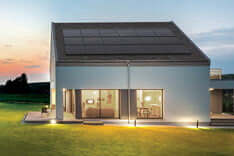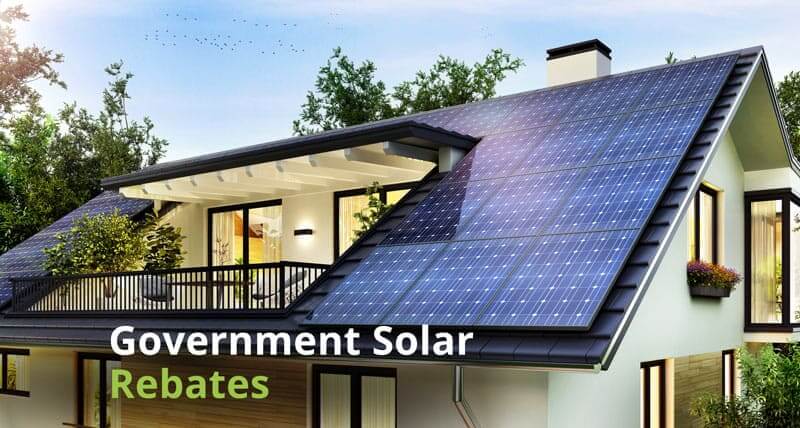Home Do Solar Panels Work On Cloudy Days?
Do solar panels work on cloudy days?
We’re experiencing a bit of cloud cover, followed by seriously overcast conditions! To properly tackle this subject, we must first clarify our meaning behind “cloudy days.” We’re not alluding to a blue sky speckled with a few sparse, wispy clouds; instead, we’re talking about skies thoroughly blanketed in clouds.
Solar panels still work on cloudy days, but energy production can be far lower than on a bright, sunny day. It is estimated that on a cloudy day, solar panels will only produce as little as 15-25% of their potential electricity output. This does depend on light penetration and the type of solar panel.
You will get cloudy days that are still bright with good light penetration or those days where it is dark and threatening to rain. Cloud cover with good light penetration can have a similar power output to a regular sunny day.
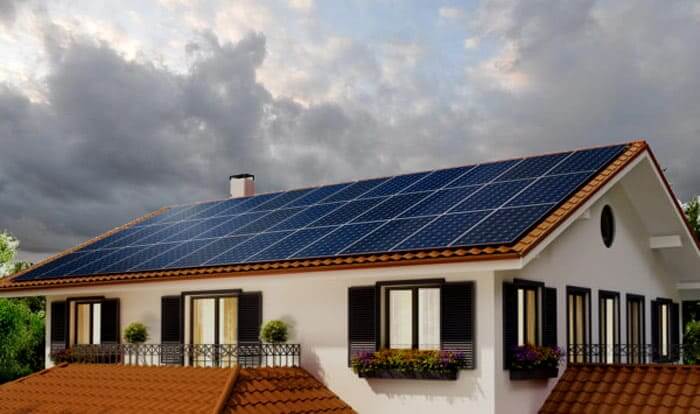
Table of Contents
ToggleHow efficient are solar panels when it’s cloudy?
As discussed above, solar panels work on cloudy days, even though the output can dip as low as 15-25%. This is a quarter of the maximum output on a typical bright sunny day.
How much energy is produced is also dependent on the density of cloud cover. The more the cloud covers, the lower the energy production and vice versa.
Another factor is the angle of the sun. At some times of day, the sunlight is magnified through the clouds increasing the available light for energy production by the panels. In other cases, they will be refracted away from the earth. So it’s a mixed bag.
Contrary to popular belief, solar panels don’t like sweltering days. You can imagine any electrical device in the direct sun for 30 years will suffer. Moreover, when the solar panels themselves get too hot, it can reduce their efficiency and power output.
The ideal environment for solar panels is cooler weather with the full sun high in the sky. This will ensure maximum energy output.
What about when it is raining?
There is an upside and a downside to rain when it comes to solar energy generation. The bad news is that minimal light can penetrate rain clouds, so your panels will not going to be producing power at their optimal potential. That being said, they still do work and will produce some energy.
The good news is, the rain cleans your panels. Why is this good? Dust, dirt, and pollen build-up can seriously affect solar panel’s operation. Even a very thin layer of dirt and dust can drop the potential output of panels by up to 30%, so a good wash is good in the long term.
When do solar panels work best?
Solar panels work best on bright, sunny days. This is when the sun is highest in the sky and has the least atmospheric interference.
The atmosphere contains water and other solid particles that can bend, absorb and refract light. When the sun is highest in the sky, it has less atmosphere to travel through so more light reaches the panels.
In any time between 10:00am–2:00pm. However, solar panels can also work well up to around 4pm.
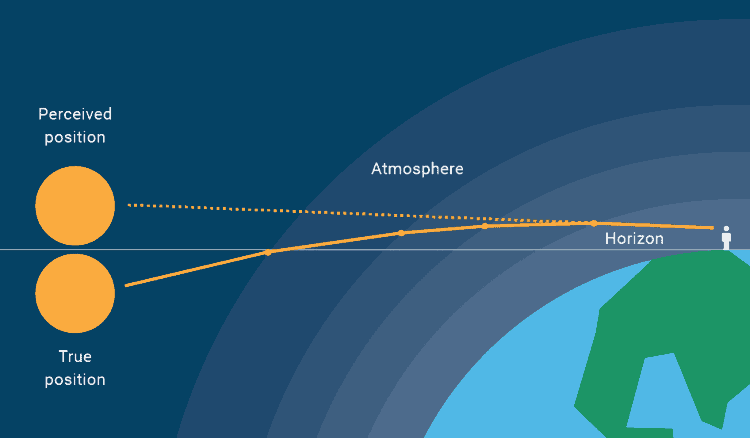
But even with this information, knowing how to align the solar array on the rooftop also matters. To ensure the panels produce enough electricity during these peak hours, ensure the panels are slanted. This slant allows the light to be scattered evenly on the panels. This means placing the panels at a geographical north angle.
The panels must be 30-45 degrees from horizontal. This positioning might change during different seasons. For instance, the panels should be raised to 60 degrees during winter due to low sunlight. They can be positioned at 30 degrees during summer it is hot temperature.
Solar panel output vs. time of day
The more solar cells a panel has, the more power output it will generate. Most solar panels today are fitted with 60 of these solar cells. Solar cells have an efficiency of 18.7% on average, but up to 25.5% as of 2022.
These cells produce varied power outputs depending on the time of day. Power output is one element you must consider before buying solar panels. As we learned above, when the sun is low, not as much light can penetrate the atmosphere to enter your solar panels. So any time before 10am there will not be much energy produced.
If you have a 5kw solar system made up of 20 x 250-watt panels, you will find that at 8am, for example, a solar panel capable of putting out 250watts at the very peak of energy production in ideal conditions, will only put out a fraction of power as it would at 12pm. There is already a lot of light, so your solar panels are working, but the amount of light enters the panel that makes all the difference.
When the sun is highest in the sky from 10 am until 2 pm, your panels are pumping out near maximum energy, and they drop off again as the sun begins to set.
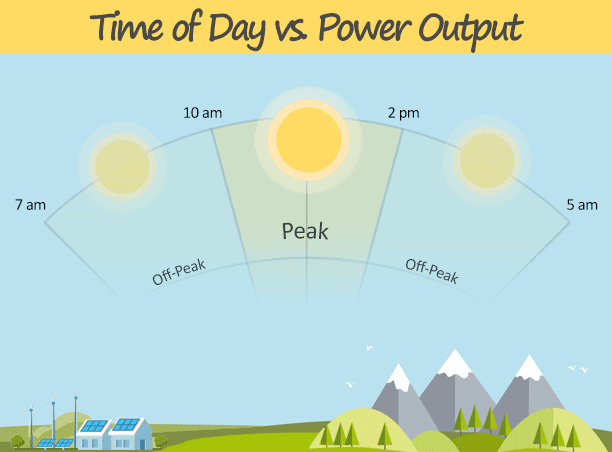
Are some times of the year better than others?
The best time of year for maximum solar energy production is in the summer months. This is from October to April in the southern hemisphere. The sun is higher in the sky, And lighter for longer, so there are more hours of available light.
Most solar panels in the market today have solar batteries, which are used to store all the excess power produced during the best parts of the day so they can be used at night.
Solar batteries are an extremely efficient backup. You can install a solar system without a battery, but you will need to still use energy from the grid when your panels do not produce energy at night. The batteries convert the DC energy and store it for later use as AC energy. The amount of energy stored depends on the battery’s storage capacity.
Note: When it comes to solar panels and power production, it’s more about the sunlight and not the heat. Solar panel work well during summer is because the days are longer and not necessarily hotter. Solar power has more to do with the amount of sunlight rather than heat.
Can it get too hot for solar panels to work correctly?
We have looked at the extremes of too little light and the wrong times of day, but can solar panels get too much sun and heat? Well, the answer is yes, and it can negatively affect the power output of PV solar panels.
As the temperature increases, the chances of the solar array becoming less efficient increase. The manufactures label on the back of a solar panel states the ideal working temperature is about 25 degrees Celsius. Any temperature above 25 degrees Celsius (77 degrees F) reduces the power output.
Because the panel is black, it heats up more than the ambient temperature, like the black tar on a road.
To know exactly how much the solar panel will drop off, we need to look at the solar panels’ “temperature coefficient rating”.
Temperature increase causes a significant drop in voltage output. Ultimately, the efficiency of the solar panel’s is reduced. Most manufacturers suggest you expect a 0.5% drop in power output for every 1 degree above 25 degrees.
Ways to counter energy drop off in hot environments
Based on the above figures, if the temperature outside were to get to 35 degrees, you are only looking at a drop of 5% in energy production, so it’s only a small concern if you spend a large chunk of your summer above that temperature.
If you run a power-hungry air conditioner, then every percent of energy production counts.
First off, get solar panels with high heat tolerance. Always examine the manufacturer’s data information. The temperature co efficient (Pmax) shows how much power the panels will lose when the temperature is above 25 degrees Celsius.
Secondly, you can prevent the solar panels from overheating by using these techniques:
i. Place solar panels a few inches above the roof. This technique allows air to cool the panels preventing, them from going above the recommended temperature.
ii. Don’t place the inverter and panels together. Moving them to a cooler and more shaded area will help in reducing the temperature.
Solar panels that work best on cloudy days
The most popular solar panels being used these days are Photovoltaic solar, or PV for short. These work best on bright, sunny days, as they can absorb the entire light spectrum.
If you think of a rainbow, the visible light spectrum starts with a longer wavelength of red and goes all the way down to a shorter blue wavelength. Some light does penetrate clouds which the solar panels still absorb and convert into usable electricity.
New types of solar cells are being developed all the time, and one focus is on that can work on cloudy days and also when the sun is low in the sky. One of the leading types is “Thin-film” solar panels. These are much cheaper to manufacture and are a real contender for traditional monocrystalline and polycrystalline PV solar panels.
They are less efficient in a straight test under the bright sun, but they absorb a wider range of light and can work more efficiently on cloudy days and when the sun is lower in the sky in places like the UK.
These Thin Film solar panels could be a real contender depending on the local weather.
Table of Contents
Toggle
